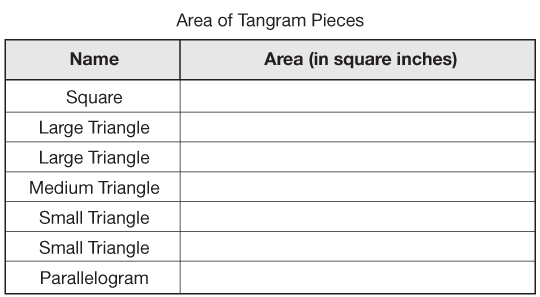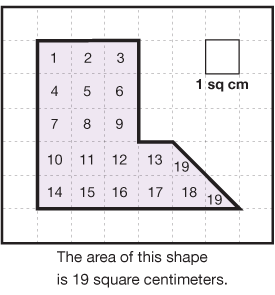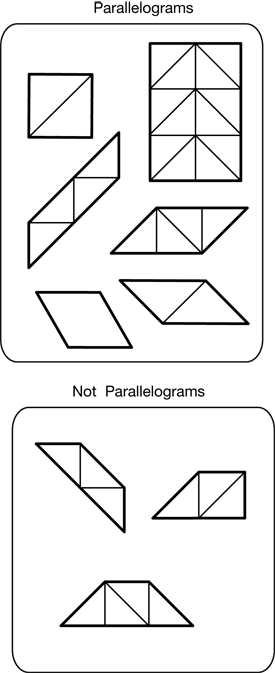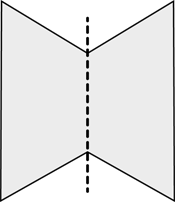Students sort the seven tangram pieces, and the class discusses how some of the sorts are alike or different. They find the area of each of the seven tangram pieces using a square-inch grid. Students make squares of different sizes using one, two, three, four, and all seven of the tans. They use a different method to verify the area of shapes.
Content in this Lesson
- Developing spatial visualization skills.
- Describing and analyzing properties of two-dimensional shapes [E1].
- Measuring area of two-dimensional shapes [E10].
- Finding a strategy for measuring area [MPE2].
- Showing work [MPE5].
- Using labels (e.g., square inches) [MPE6].
Daily Practice and Problems C–F
Assessment in this Lesson
| Assessment | Expectation Assessed | Math Practices Expectation Assessed |
|---|---|---|
|
Tangram Sort |
|
|
|
Find the Area |
|
|























